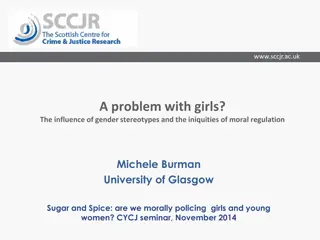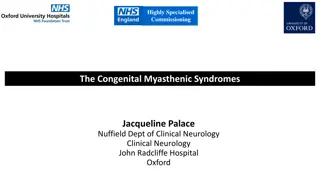Reconceptualising Resilience: Problematising Deficit Discourses by Professor Jacqueline Stevenson
Resilient individuals from high-risk groups exhibit better than expected outcomes by utilizing internal and external resources to adapt to stressful experiences, resulting in enhanced mental well-being and success in various areas of life. The concept of resilience is shifting towards a systemic approach involving family, services, groups, and communities rather than being viewed solely as a personality trait.
Download Presentation

Please find below an Image/Link to download the presentation.
The content on the website is provided AS IS for your information and personal use only. It may not be sold, licensed, or shared on other websites without obtaining consent from the author.If you encounter any issues during the download, it is possible that the publisher has removed the file from their server.
You are allowed to download the files provided on this website for personal or commercial use, subject to the condition that they are used lawfully. All files are the property of their respective owners.
The content on the website is provided AS IS for your information and personal use only. It may not be sold, licensed, or shared on other websites without obtaining consent from the author.
E N D
Presentation Transcript
Reconceptualising Resilience: Problematising Deficit Discourses Professor Jacqueline Stevenson Sheffield Institute of Education Sheffield Hallam University ProfJStevenson
Resilience: summary Resilient people: Those from high-risk groups with better outcomes than expected Who make good adaptations despite stressful experiences By using available internal and external resources That results in the identification, fortification, and enrichment of resilient qualities Reduces subsequent susceptibility to threat; enhances mental well-being (and physical health); enables academic/work related success Universality? Global factors, locally operationalised (Kirmayer, 2011; McGuire, 2008; Ungar, 2008; Gunnestad, 2006) NB Santos, 2015, among others - empirical evidence not robust...
Internal resources/ characteristics Cognitive factors: optimism, creativity, sense of humour, a belief system that provides existential meaning, a cohesive life narrative, concrete and coherent views of the future etc. Competencies: wide range of coping strategies, social skills, educational abilities, memory above the average; social competence, problem-solving skills, autonomy, and a sense of purpose and future etc. etc.
External protective factors: family Belief systems/ Spirituality Family cohesion/sense of family warmth & togethemess Supportive parent-child interaction Family time/family communication/shared recreation Stable and adequate income/financial management Stimulating environment A stable residence Mental and physical health of individual family members Routines and rituals
Protective factors: community Involvement in community activities Peer acceptance Social networks Supportive mentors Safe neighbourhoods Lower rates of crime Access to quality education/health care & financial/structural capacity to access it (Benzies and Mychasiuk, 2009; Black and Lobo, 2008; Smith-Osbourne, 2007; Richardson, 2002)
Evolving research literature Shift from seeing resilience as a personality trait to the contribution of systems: family, services, groups and communities (Herrman et al, 2011) An ecological understanding: resilience depends on clusters of factors that influence individual, relational, and broader social factors. It is the intervention, and its intensity morethan individual motivation that accounts for the greatest amount of variation in outcomes i.e. the locus of change is the intervention
But new (worrying) trends and discourses: Grit "Grit entails working strenuously toward challenges, maintaining effort and interest over years despite failure, adversity, and plateaus in progress. The gritty individual approaches achievement as a marathon; his or her advantage is stamina. Whereas disappointment or boredom signals to others that it is time to change trajectory and cut losses, the gritty individual stays the course" (Duckworth et al, 2007) Some evidence (Eskreis-Winkler et al (2014); Wolters and Hussain (2015): perseverance of effort predicted achievement in relation to self-regulated learning amongst student: consistency of interest showed no relation to achievement
Dweck: Fixed and growth mindsets "In a growth mindset, people believe that their most basic abilities can be developed through dedication and hard work brains and talent are just the starting point. This view creates a love of learning and a resilience that is essential for great accomplishment" Carol Dweck Education Endowment Foundation (2013) used mindset concept in 36 schools; found: teaching teachers about growth mindset in CPD sessions had little impact on students progress (NB Dweck argues that this could be because of false growth mindset...) but direct work teaching in e.g. Maths did
Character Education I firmly believe character education prepares our young people for life in modern Britain, regardless of their background or where they grew up... [citing Dweck] developing excellent character traits in young people can help them to realise their true potential (Nicky Morgan, former UK Education Secretary, opening Character Symposium at Floreat School, London, January 2016) Character education is a way to level the playing field for those who might otherwise be unfairly held back by class or background (Johnny Rich, CEO, universities guide Push, speaking at The Future of STEM Subjects in Higher Education, 14 April 2016) ...we need to take luck right out of the equation....if you do not believe in continued hard work and concentration, and if you do not believe that you can return from failure you will not fulfil your potential. (David Cameron, former UK PM, speech on life chances, January 2016)
So is the logical hypothesis that.... Those who attain best academically have the right character/attitude ? Those who do badly have character flaws/haven't yet attained the right sort of character/attitude? It is within an individuals' gift to attain academic success? So if an individual fails....it is THEIR FAULT!?
And is that why For example.... Muslim pupils have the lowest UK school attainment levels (Burgess et al, 2009) of all religious groups? Only 15.5% of UK looked after children achieve five A*-C compared to approx. 60% of non-LAC (EHRC, 2015) and only 6% go to university compared to approx. 40% of other school leavers? 75.6% of UK white students get a first/2:1 degree compared with 60.4% of all non-White and 49% of Black students (ECU, 2015) ? ....just a lack of effort and the wrong sort of character attributes...?
Of course not! Mindset/character discourses Avoid any recognition of structural inequalities Ignore/avoid developing requisite external resources Focus on developing those internal traits/resources deemed to be lacking Valorise only certain dispositions or personality traits AND.. if it is simply down to character and attitude....Why do some students drop out, or consider dropping out of HE, despite high levels of personal resilience?
Leads to my interests Research with those who have all shown significant resilience in getting in to HE Analysis of 74 biographical interviews (more to come) From 6 different projects. Two specifically exploring resilience Refugees/former refugees (23); care leavers (9); Black students from lower socio-economic backgrounds (8); Muslim students (14); older learners with complex trajectories into HE (20) Pre-HE; undergraduate and postgraduate; all have struggled to access HE; some have considered leaving early; some drop out
Analysis 1. What resilience have these students shown prior to HE? 2. What are the risk factors facing the students once in HE? 3. What dimensions of personal resilience do they draw on? 4. What external protective factors do they/are they able to draw on? 5. What should universities be doing to protect these students from risk?
Personal resilience: analysis Strongly present Optimism Creativity Sense of humour Coping strategies Social skills Educational abilities Problem-solving skills Autonomy Determination Endurance Adaptability Less strongly present/ absent Cohesive life narrative Concrete and realistic views of the future Wide range of coping strategies Adaptability (may lack resources) And so may lack recuperability
External protective factors: Present (sometimes) Family Friends Social networks Belief systems/ Spirituality Routines and rituals Involvement in community activities Supportive mentors
External protective factors: Absent Religious tolerance Racial tolerance Stable and adequate income/financial management A stable residence Mental and physical health Peer acceptance Social networks Feeling of mattering Family cohesion Family time/family communication/shared recreation Lack of family capital Educational literacy/lack of access to educational capital Community (of HE) becomes event more important.
What should universities do? Need to compensate for absence of protective factors: provide: Access to different networks Supportive peer relations; meaningful interaction with staff Develop new knowledge, confidence/identity as successful HE students More inclusive curricula; multiple and diverse forms of assessment and teaching Time, tolerance, patience; long induction/temporality; possible selves Race and religion openly discussed Mentoring schemes (implement carefully) Activities that develop a sense of mattering Recognise community cultural wealth (Yosso, 2005) Yosso's framework starts with what students bring to the classroom not what they don't
Summary Many students have overcome significant barriers into HE but HE becomes a place of adversity for some Internal AND external factors are important; locating change only WITHIN students is unacceptable Need to change HEI practices so they offer external protective factors Develop practices which enhance students' sense of mattering AND recognise the capital the students bring with them
References 1 Almeida, D.J. ((2016) Understanding Grit in the Context of Higher Education. Higher Education: Handbook of Theory and Research, Vol 13, pp 559-609 Bhana, S. and Bachoo, S. (2011) The determinants of family resilience among families in low- and middle-income contexts: a systematic literature review, Psychological Society of South Africa, 41(2), 131-139. Brownlee, K., Rawana, J., Franks, J. et al. (2013) A Systematic Review of Strengths and Resilience Outcome Literature Relevant to Children and Adolescents, Child and Adolescent Social Work Journal, October 2013, Volume 30, Issue 5, pp 435 459 Burgess, S., Greaves, E. and Wilson, D. (2009) An Investigation of Educational Outcomes by Ethnicity and Religion A Report for the National Equality Panel http://www.bristol.ac.uk/media- library/sites/cmpo/migrated/documents/ethnicityreligion.pdf Duckworth, Peterson, Matthews and Kelly (2007), Grit: Perseverance and Passion for Long-Term Goals Journal of Personality and Social Psychology, 92 (6) 1087 1101 ECU (2015) Equality in higher education: statistical report 2015, Part 2: students http://www.ecu.ac.uk/wp-content/uploads/2015/11/Equality-in-HE-statistical-report-2015-part- 2-students.pdf Eskreis-Winkler, L., Shulman, E.P.,. Beal, S.A., Duckworth, A.L. (2014), The grit effect: predicting retention in the military, the workplace, school and marriage, Frontiers in Psychology, 5 (36), Equality and Human Rights Commission (2015) Is Britain Fairer? Evidence Paper Series Domain E: Education, Equality and Human Rights Commission Fleming J, Ledogar RJ. Resilience, an Evolving Concept: A Review of Literature Relevant to Aboriginal Research. Pimatisiwin. 2008 Summer; 6(2): 7 23. Glliespie, B. M. Chaboyer, W. & Wallis, M. (2007) Development of a theoretically derived model of resilience through concept analysis, Contemporary Nursing, 25(1-2), 124-135. Grafton, E. Gillespie, Henderson, S. (2010) Resilience: The power within, Oncology Nursing Forum, 37 (6),698-705.
References 2 Gunnestad, A. (2006) Resilience in a Cross-Cultural Perspective. How resilience is generated in different cultures, Journal of Intercultural Communication Issue 11 http://www.immi.se/intercultural/nr11/gunnestad.htm Herrman, H. Stewart, D.E. Diaz-Granados, N. Berger, E.L. & Jackson, B. & Yuen, T. (2011) Canadian Journal of Psychiatry, 56 (5), 258-265. Kirmayer, J.K. Dandeneau, S. Marshall, E. Philips, M.K. & Williamson, K.J. (2011) Rethinking Resilience from Indigenous Perspectives, Canadian Journal of Psychiatry, 56 (2), 84-91. Masten, A. (1994). Resilience in individual development: Successful adaptation despite risk and adversity. In M.C. Wang & E.W. Gordon (Eds.), Educational resilience in inner-city America: Challenges and prospects (pp. 3-25). Hillsdale, NY: Lawrence Erlbaum. McGuire P. Exploring Resilience and Indigenous Ways of Knowing. Pimatisiwin. 2008 Summer. 8(2): 117-131. Pooley, J., & Cohen, L. (2010). Resilience: A Definition in Context. Australian Community Psychologist, 22(1), 30 - 37. Rosenberg, M. (1985). Self-concept and psychological well-being in adolescence. The development of the self, pp. 205-246. Rosenberg, M., and McCullough, B. C. (1981). Mattering: Inferred significance and mental health among adolescents. Research in Community & Mental Health, 2, pp.163-182. Rutter, M. (1985) Resilience in the face of adversity. Protective factors and resistance to psychiatric disorder, British Journal of Psychiatry, 147, 588-611.
References 3 Santos. R.S. (2015) Why Resilience? A Review of Literature of Resilience and Implications for Further Educational Research. Claremont Graduate University https://go.sdsu.edu/education/doc/files/01370-ResiliencyLiteratureReview(SDSU).pdf Smith-Osborne, A. (2007), Life Span and Resiliency Theory: A Critical Review, Advances in Social Work, 8 (1), pp. 152-168. Taormina, R.J. (2015), Adult Personal Resilience: A New Theory, New Measure, and Practical Implications, Psychological Thought, 2015, Vol. 8(1), 35 46 Tovar , E. (2013), A Conceptual Model on the Impact of Mattering, Sense of Belonging, Engagement/Involvement, and Socio-Academic Integrative Experiences on Community College Students Intent to Persist. Claremont Graduate University Theses & Dissertations. Paper 81. http://scholarship.claremont.edu/cgu_etd/81 Ungar, M. (2008), Resilience across Cultures, British Journal of Social Work, 38 (2), pp. 218- 235. Ungar M. (ed.), (2012) The Social Ecology of Resilience: A Handbook of Theory and Practice,, New York: Springer, pp. 85 90 Winders, S.-J., (2014). From extraordinary invulnerability to ordinary magic: A literature review of resilience. Journal of European Psychology Students. 5(1), pp.3 9 Wolters, C.A. and Hussain, M. (2015), Investigating grit and its relations with college students self-regulated learning and academic achievement, Metacognition and Learning, 10 (3) pp 293 311 Yosso, T. (2005). Whose culture has capital?: A critical race theory discussion of community cultural wealth. Race, Ethnicity and Education, 8(1), 69-91. Yosso, T.J. (2005). Whose culture has capital? Race, Ethnicity and Education, 8(1), pp. 69 91.
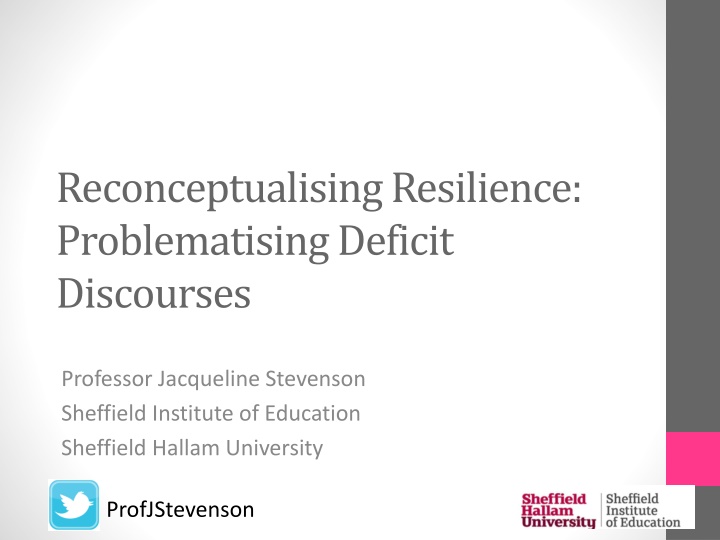



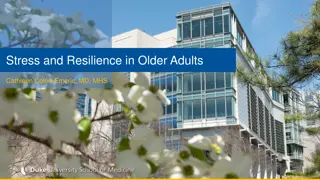


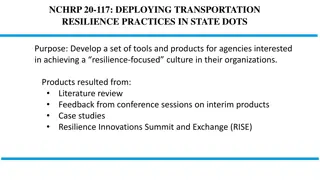
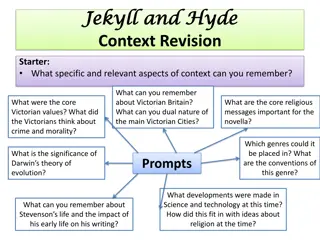


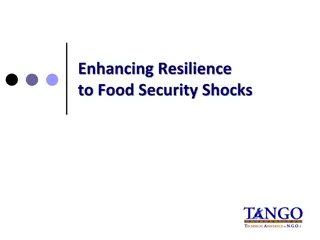

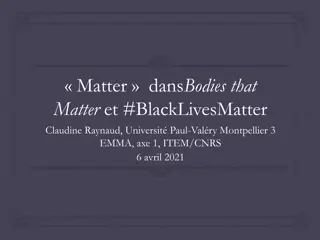

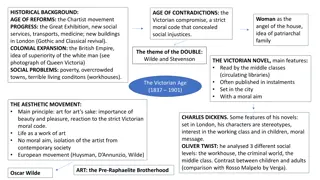
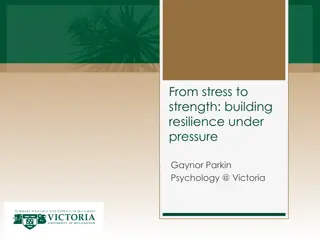
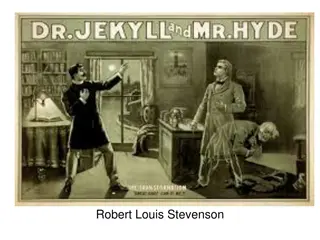
![Negligence Liability in Donoghue v. Stevenson [1932]](/thumb/198881/negligence-liability-in-donoghue-v-stevenson-1932.jpg)


